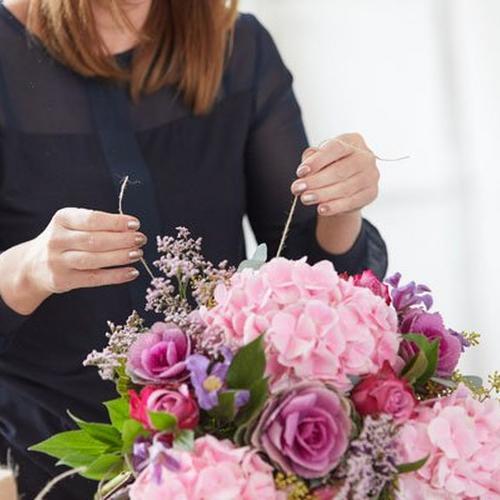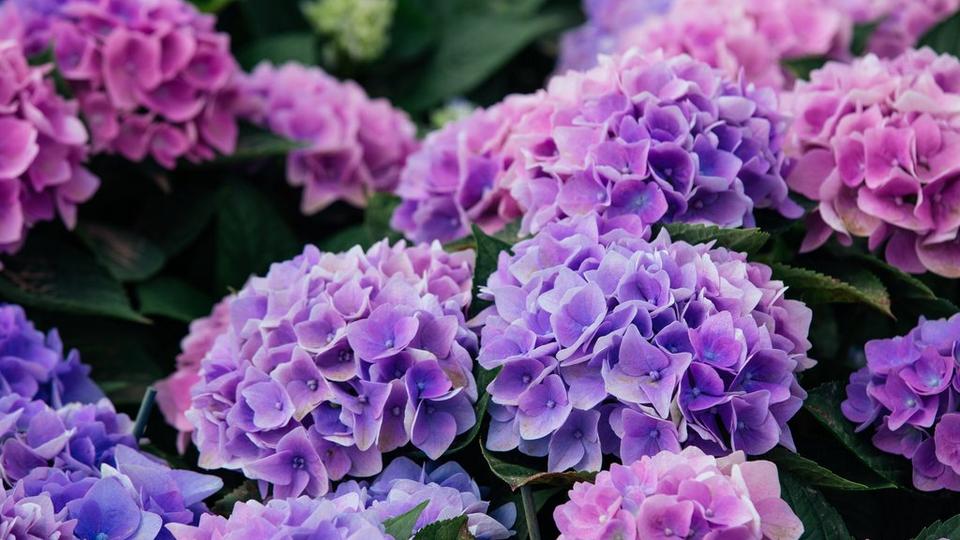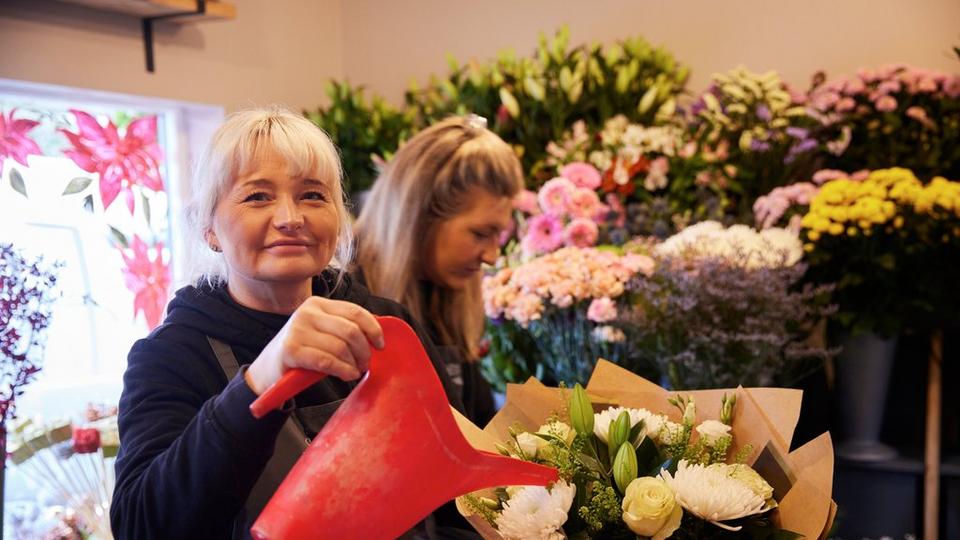The Ultimate Guide to Lilac
There’s lots to love about the lilac – from its sweet scent to its striking colour, and its popularity with pollinators like bees and butterflies. It’s no wonder then that this classic bloom is back in flower fashion. Here we’ll explore how to care for lilacs, their symbolism and history, which types to grow and how to use them in a beautiful bouquet.
An introduction to lilac
Lilac is part of the Syringa genus of plants which has about 25 species in it. Grown as either a tree or deciduous shrub (meaning it sheds its leaves in autumn and grows new ones in spring), they can reach up to ten metres high, depending on the variety.
The lilac’s delicate flowers bloom together as brightly coloured clusters on individual branches to create a striking display in early spring. And while known for their ‘lilac’ colouring, they also come in shades of white, pink, blue and even yellow. Their scent is rose-like, fresh, with notes of almond – often compared to lily of the valley.
Originally from the woodlands and scrublands (areas with hot, dry summers and cool, wet winters) of Southeast Asia and Southern Europe, lilac now grows in most places that have a moderate to warm climate. So there’s no reason why lilac shouldn’t do well in your garden too!
Lilac meaning and symbolism
Lilac historically signifies love, specifically that butterflies-in-your-stomach feeling of first love. It’s probably why they’re traditionally a favourite for bridal bouquets. Lilac was even used to decorate Westminster Abbey for the wedding the Prince and Princess of Wales, Catherine and William.
Each colour of lilac also has its own meaning – from white symbolising innocence to blue representing tranquillity, and purple standing for spirituality.
Lilac facts
Lilac is part of the olive family (or the Oleaceae family if you want to get science-y). Other much-loved members include jasmine, ash and of course, the olive tree.
Lilacs have been known to live over 100 years! Which means if you have a lilac growing in your garden that you didn’t plant, it could go as far back as the 1920s.
Their botanical name Syringa can be traced back to Greek mythology. The story goes that the god Pan was chasing his love interest, Syringa, through a forest when she suddenly transformed herself into a lilac to hide from him. Pan picked a branch from Syringa’s disguise and used it to make the first panpipe. Fittingly, Syringa is a play on the Ancient Greek word for pipe: syrinx.
Lilac flowers are edible and make tasty syrups, jams and wine. Remember to always check the variety before using them though.
Often used in garden landscaping, lilacs can be trained to grow as natural fences due to their bushy shape and impressive height.
Types of Lilac
There are over 25 species of lilac, and within each there are lots of varieties (known in horticulture as cultivars) ranging in shade and size. To get you started, we’ve picked a few of our favourites.
Syringa Vulgaris ‘Madame Florent Stepman’
Syringa Vulgaris ‘Sensation’
Syringa Microphylla ‘Superba’
Syringa Meyeri 'Palibin'
When to plant Lilac
The best time to placant lilac is in spring or autumn, when the ground isn’t too cold. Dig a hole and pop your plant in so that it’s level with the soil. Fill in the soil around your plant and water in well.
Lilacs can also be propagated (grown from clippings of another plant) and sown from seeds, but both take longer and it’s likely your plants won’t bloom for a few years.
How to care for Lilac
Where to put lilac
While happiest in chalky clay soil, lilacs grow well in most soil types. A sunny spot is best for lilacs – somewhere they’ll catch the sun for more than half the day. Think about how tall and wide your lilac is going to grow before deciding on a space (this will vary on the variety you choose, some types can reach over 20 feet tall!) You can grow lilac in pots too, just make sure you pick a smaller variety and a big enough pot (around 50 to 60cm wide).
How often to water a lilac
During their spring flowering season, water lilacs every week and more often if it’s been hot and sunny. Keep an eye on newly planted lilacs, as too little water can stress them out and mean they don’t bloom. During autumn and winter, your lilacs won’t need much watering at all. Once they’re a bit bigger and have been in the ground a few years, lilacs will even put up with periods of drought.
Feeding
In spring, mulch (this just means adding a layer of organic matter) around your lilac – four inches or so of bark or straw should do it. Lilacs do pretty well without fertilising them, but if they’re in poor soil or pots, a granular plant food will help them out.
Pruning
Pruning is when you cut back parts of a plant to help it thrive later on. The best time to prune lilac is straight after it’s flowered. If you prune any later, you might cut off new buds that would have flowered the following year. To prune your lilac, use secateurs to cut off any dead flowers right down to the first pair of leaves on the same branch, if you’ve got an unusual variety make sure you check the label in case there’s any extra advice.
When does Lilac flower?


Creating a Lilac bouquet
Lilacs don’t just make your bouquet sing with sweet perfume, they also add a splash of colour. To create a lilac display yourself, give our step-by-step guide a go.







